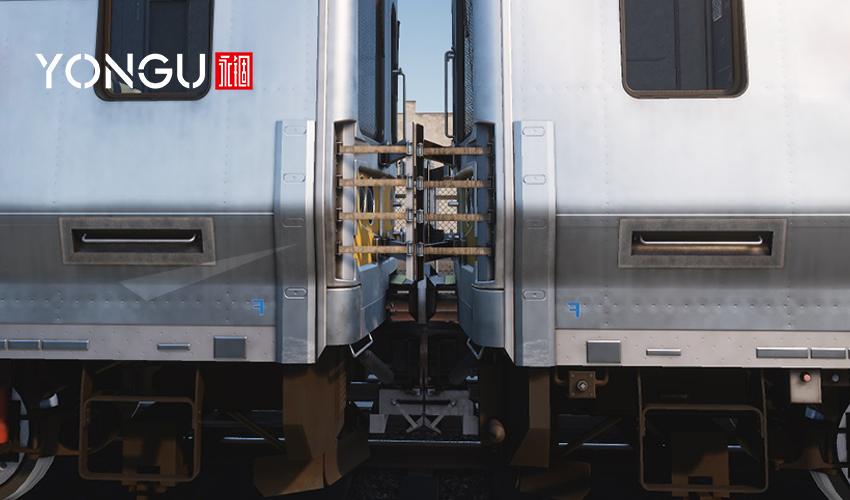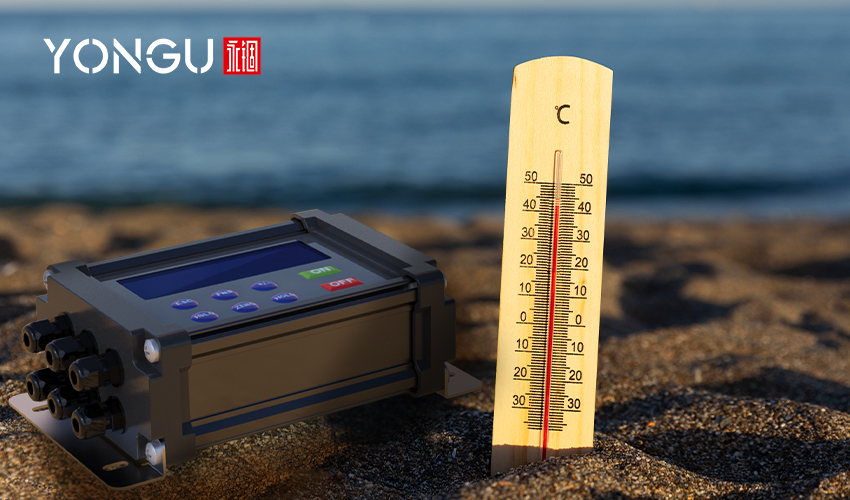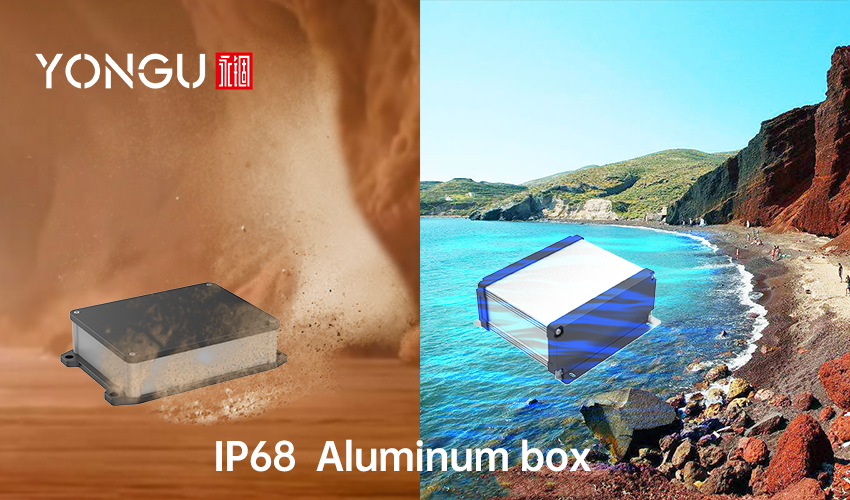A direct or indirect lightning strike can cause rail transit over-voltages on the track that might damage or destroy solid-state electronics and roadside equipment. These disruptions can have a variety of negative repercussions, from annoying resets that need urgent care from maintenance staff to catastrophic infrastructure damage that stops rail service. Even a small outage has a big financial impact and can ruin an operation strategy like precision scheduled railroading.

Types of Enclosures for Rail Transit
Following are the four types of electrical enclosures widely used in the rail transit industry.Wall Mount:
Wall mounting enclosures are electrical cabinets for potentially hazardous items like electrical equipment such as electrical switch gear and pilot devices and protect them from environmental hazards like moisture and dust.
Junction Box:
A junction box is an electrical enclosure holding multiple wiring connections. The box protects the connections, which generally contain weak points like wire splices, from the elements and accidental touch.
Floor Mount or Free Standing:
Electrical boxes with complete enclosures on legs that may stand on a flat surface are free-standing enclosures. The box is raised on the legs so the enclosure's bottom can be accessed. The cabinet legs can be fastened to the floor to mount the device.
Why are Rail Transit Enclosures Necessary?
An enclosure for rail transit that houses electronic or electrical equipment. In the case of exterior electrical enclosures, it shields the equipment from the environment while simultaneously shielding the users from electric shock or the risk of an explosion.Following are the measure from which a rail transit enclosure protects the electronic rail infrastructure.
Protect from water ingress:
To protect against moisture, the enclosure must be pretty waterproof. Since condensation includes water entering as a vapor, it can be more challenging to solve than other typical issues. Flooding can be a problem in severe circumstances, and many enclosures with high IP ratings are also made to sink in water.
Protect from severe temperature:
Electrical equipment can be damaged by extreme temperatures or become useless. Double skins, insulating layers, forced ventilation with fans, or even air conditioning units are routinely added to enclosures to regulate their internal temperature.When developing the enclosure's heat management system, it is crucial to consider solar exposure and anticipated changes in outdoor temperature (heating from the sun). The box can generate heat because the electrical or electronic equipment is inside the box.

Protect from the risk of breakage:
The electrical components inside electrical enclosures are typically the main risk. To keep people from coming into contact with these components is the enclosure's main task. Electrical wires and equipment may become exposed and a shock threat if the enclosure is broken.Live electrical components might come in contact with the enclosure's body under specific fault conditions. However, this does not provide a threat immediately, as long as the cabinet is shut, for plastic enclosures constructed of insulating material. To protect against this potential risk, metal cages should be earth linked, often to a local earth spike or mat.
Factors to Look Forward While Selecting an Enclosure for Rail Transit
The following should be considered while choosing a suitable enclosure for rail transits.
- Engineering application
- IP ratings
- External conditions
- Temperature fluctuation
- Industry-standards
- Material type
- Cost of Ownership
- Equipment size
- Flexible designing
- Ready to modification in future
- Compatible with electromagnetic immersion

Consequences of not Choosing a Good Enclosure
Enclosures should be carefully planned from a design and budget point of view because it thus helps avoid problems like the following:
- No efficiency
- Short life
- Fail to control humidity
- Dangerous for human life
YONGU Enclosures for Rail Transit
Yongu offers IP67/IP68 certified enclosures in terms of standards. Applications involving large machinery, industrial facilities, and outdoor and underwater environments demand IP67/IP68 enclosures.Since YONGU enclosures offer a large selection of IP-rated enclosures with various customization possibilities, we advise using them. There are two series of these enclosures, the L and M series. Or our K series aluminum enclosures prevent collisions. for additional confidential information.
YONGU Eletrical Plastic Cover Box K21C 160*55mm
The enclosure has three sections, a shell, front and back panels, and eight crews. These parts are made of AL6063S materials. The internal card slot design makes installing the PCB assembly simple. It is extensively used in equipment for rail transit, vehicle terminals, medical, teaching experiments, environmental monitoring and testing, industrial control, security, and protection.
Conclusion
Much of your planning time is frequently taken up by the electrical components. However, early consideration of the type of protection required for electrical equipment is crucial. Preparing with the electrical components, enclosure, and temperatures is crucial.We provide quick and simple customization options for making unique cutouts and printing on many of our enclosure models.
For further information and customized product of your requirements, please follow our FACEBOOK for more updates and informations.
You can also contact us at +86 13326782625 or write us [email protected].



